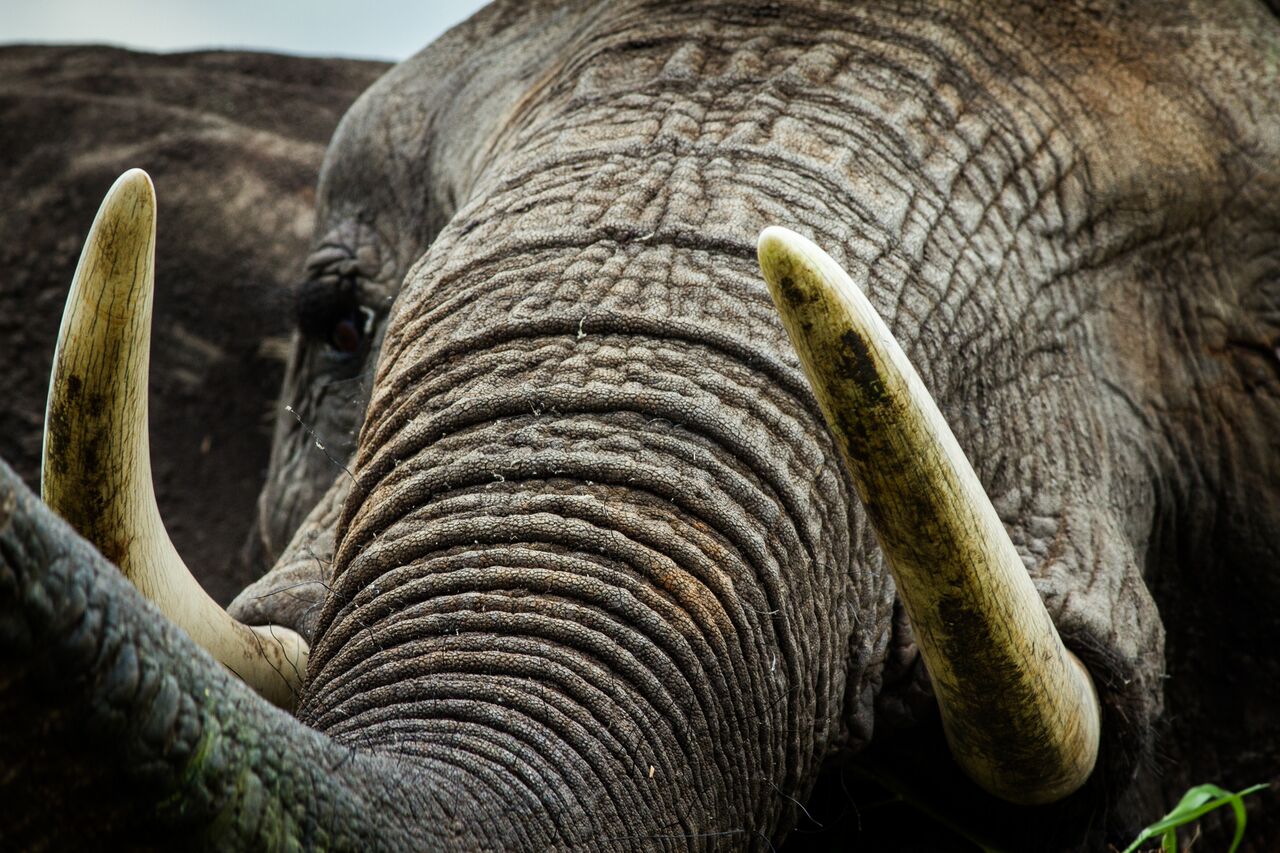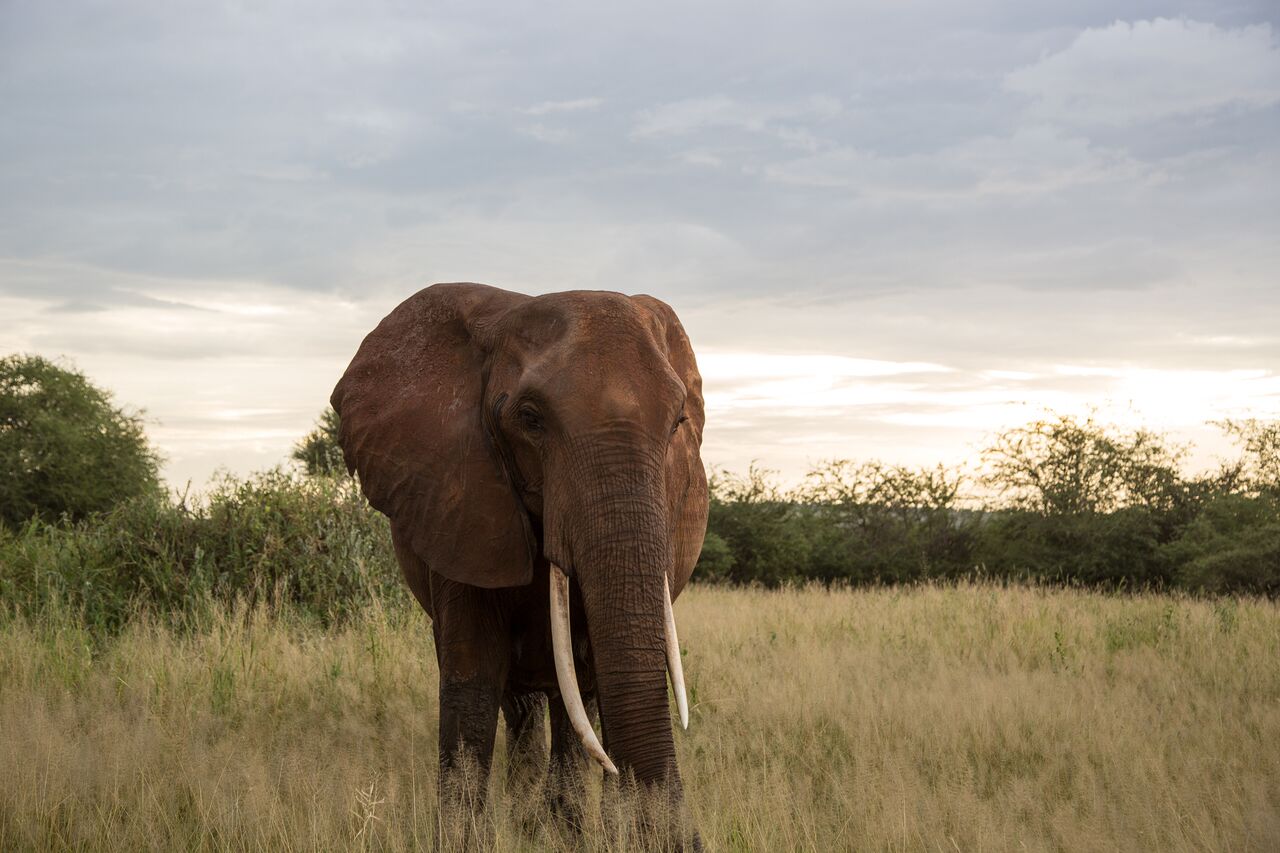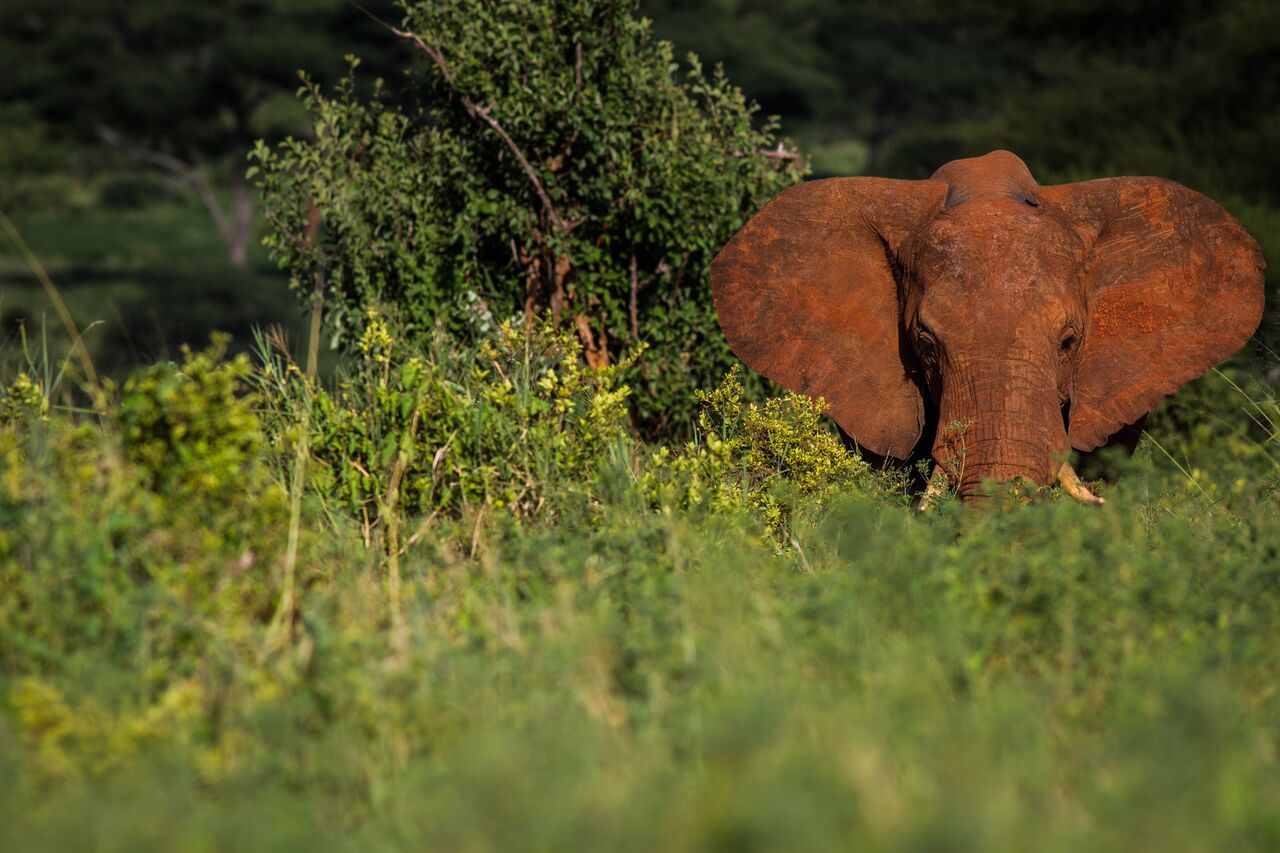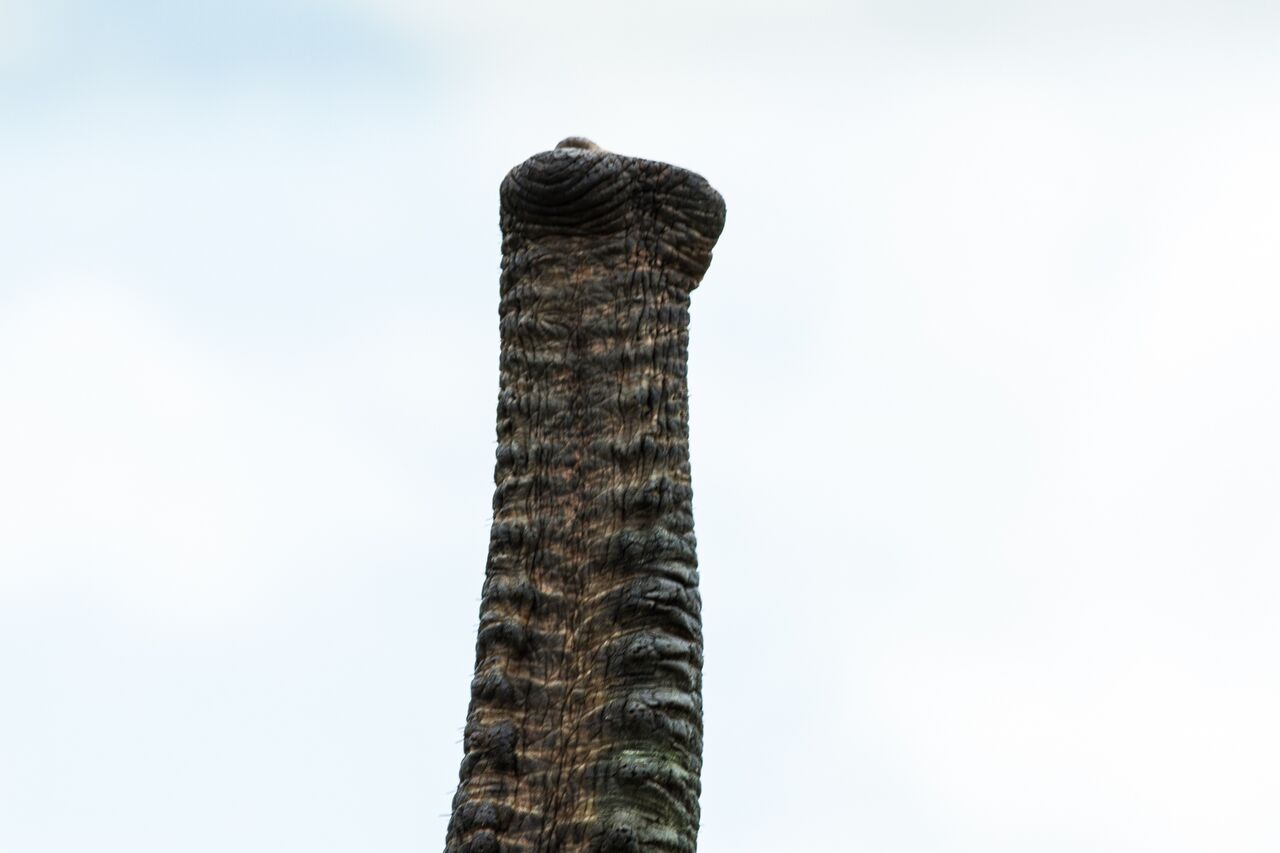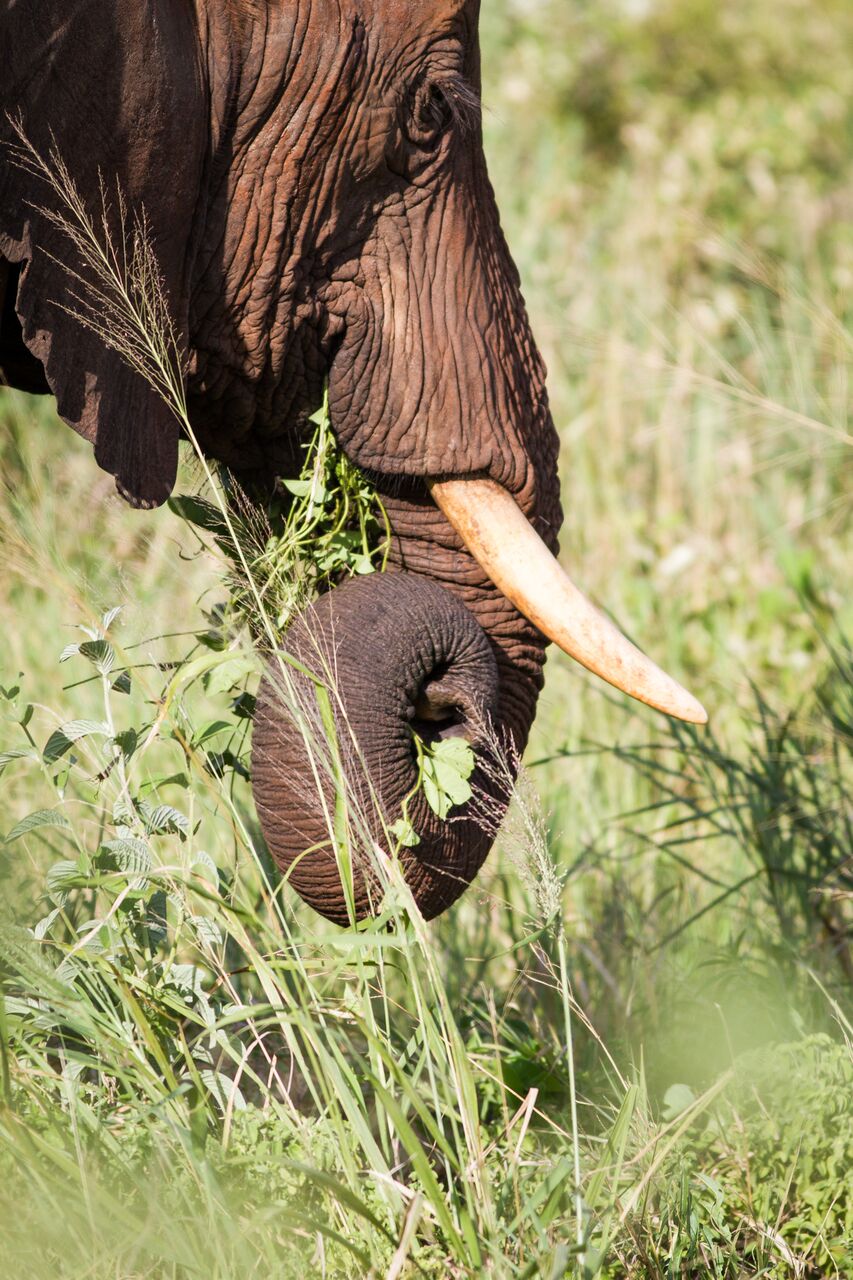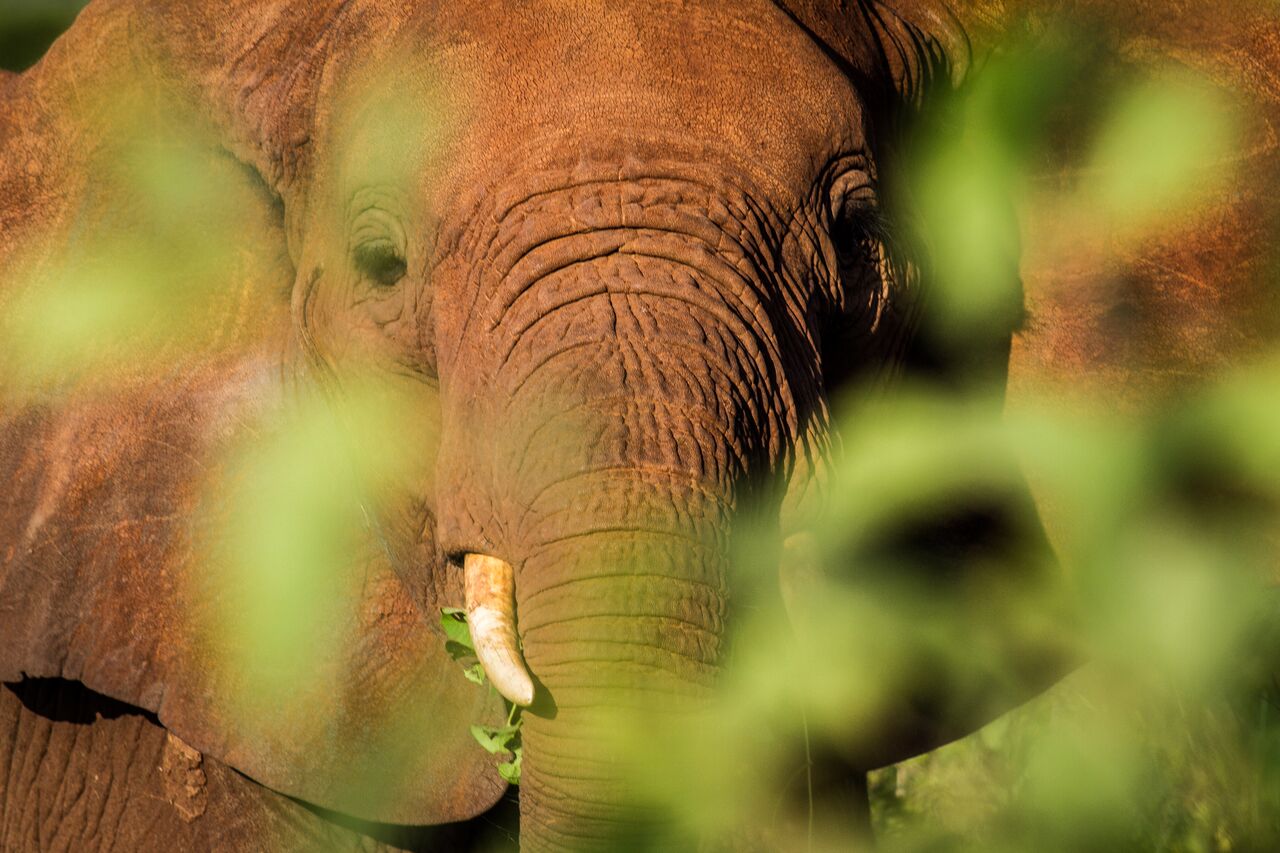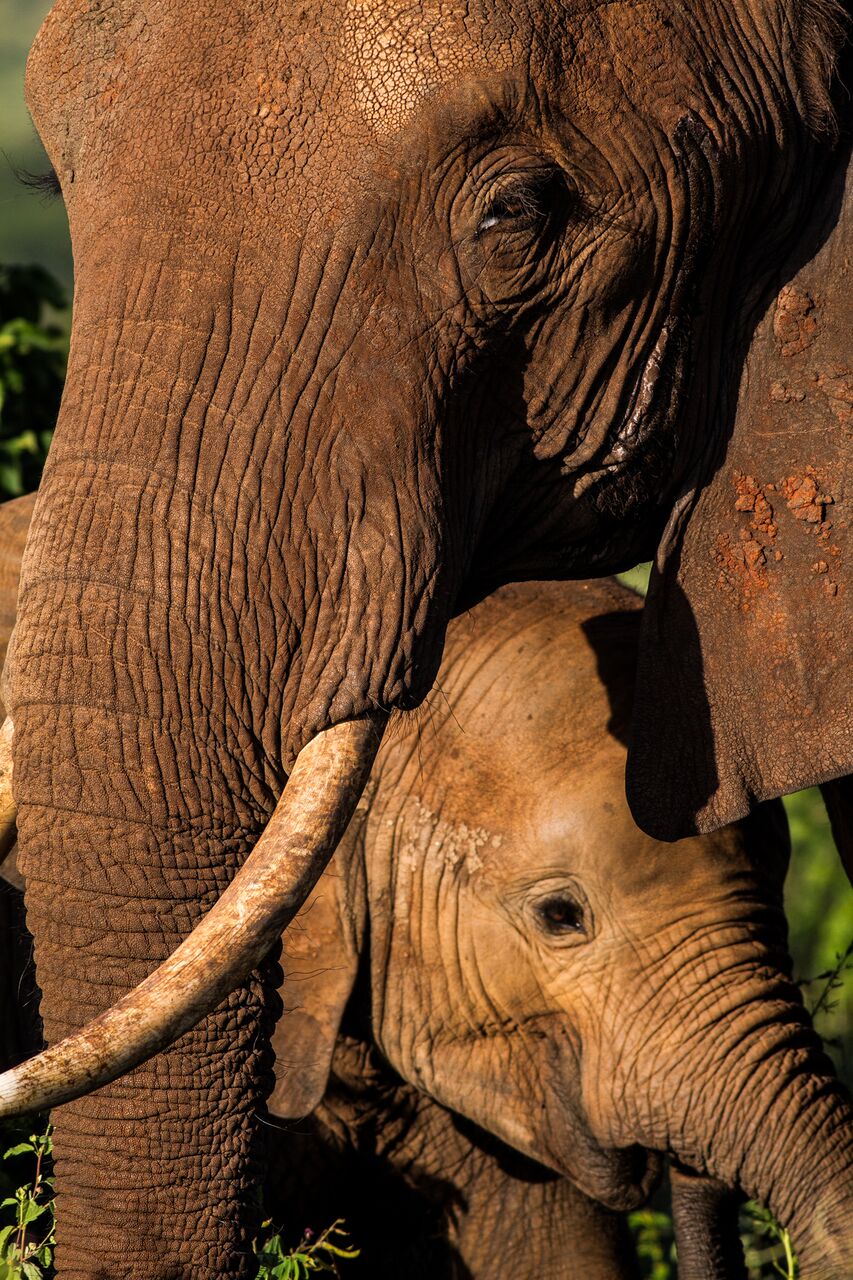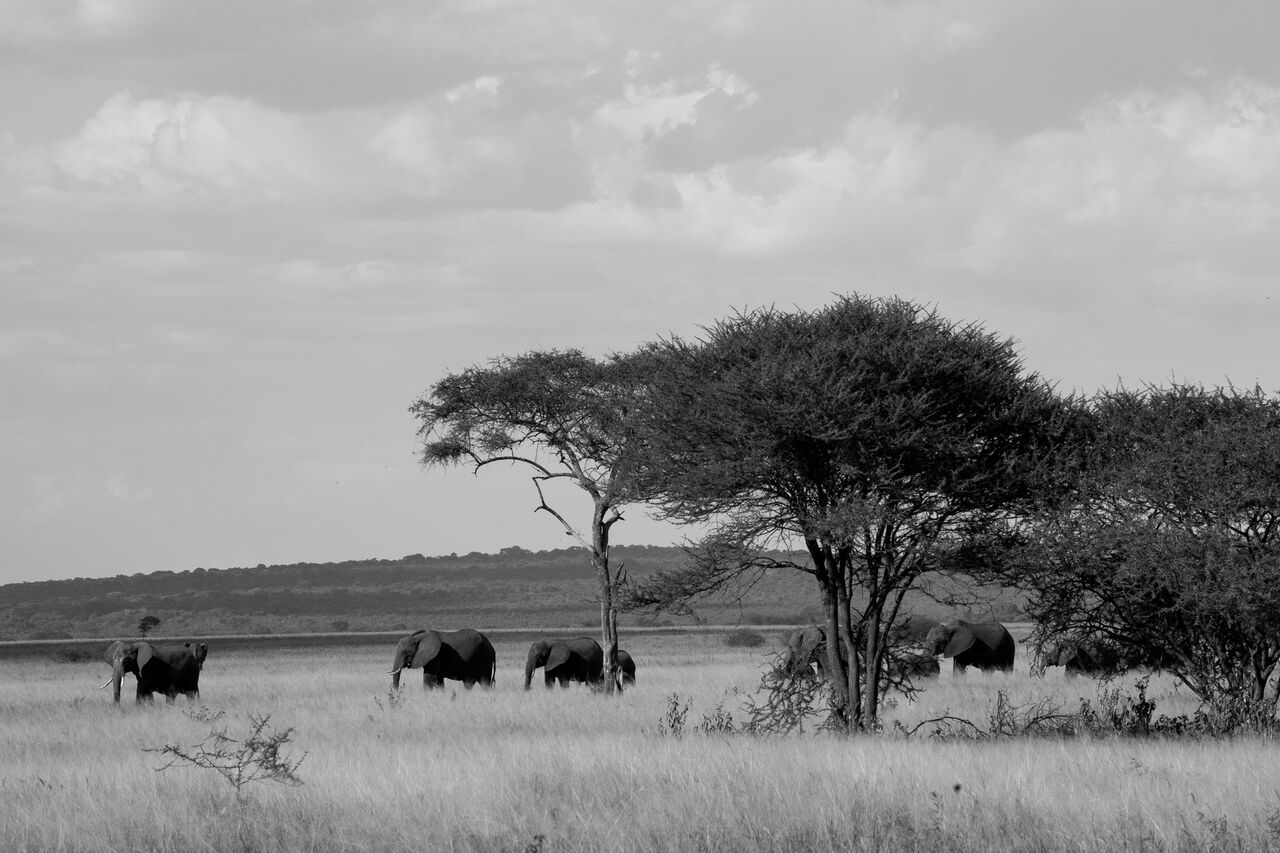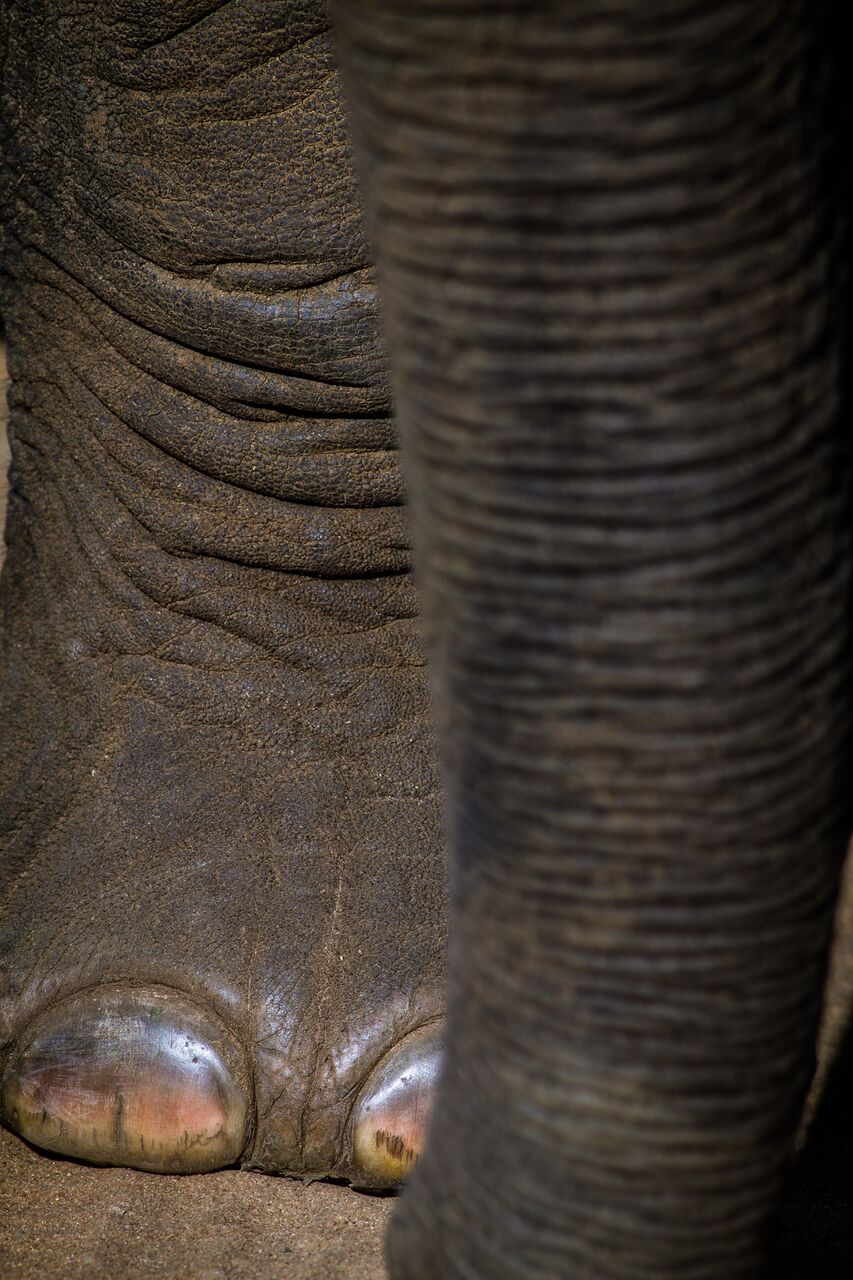Jumbos of Tarangire
By Stuart Butler
Tanzania’s Tarangire National Park is home to one of the largest populations of elephants left in Tanzania.
Exact numbers are impossible to verify because a lot depends on the time of year. In the dry season elephants from far and wide descend on the year-round swamps and flowing rivers of Tarangire and herds hundreds strong are frequently encountered. In the west season elephants are still present in large numbers but, like so much of the Tarangire wildlife, the abundance of water means they tend to spread out over a much greater area. Whatever time of year though you can be sure that Tarangire is one of the best parks in East Africa for elephants.
Elephant expert Iain Douglas-Hamilton once described elephants as “Intelligent creatures that resemble us very strongly in their spirit of social cohesion”. One aspect of elephant behaviour that most fascinates people is the way they apparently mourn the dead. Elephants have been observed covering a dead companion in soil and branches.
Elephants are the largest living land animals with the average height of an adult male elephant being 10’10” at the shoulder and weighing 4.5 to five tonnes, although some can exceed seven tonnes. The largest known elephant stood at a daunting 13 feet at the shoulder and weighed ten tonnes!
Aside from its sheer size perhaps the most obvious anatomical feature of an elephant is its trunk. This is a fusion of the upper lip and the nose. It contains an astonishing 40,000 muscles and despite being over two metres long and weighing around 150kg on an adult male it is a very sensitive and delicate tool.
As a tool for smelling an elephants trunk is without peer. An elephant can smell water from fifteen kilometres away and a sexually receptive partner from even further afield. The trunk can also be used as a weapon with which to strike out at threats, a water hose and a versatile ‘hand’.
Although the elephants of Tarangire haven’t yet been hit too badly by poaching in other parts of Tanzania (notably Selous Game Reserve) ivory poachers have wiped out huge numbers. In mid-2015 the Tanzanian government announced that the nations elephant population had fallen from 109,000 in 2010 to 43,000 by late 2014. A drop of around 60%.
Its humanities desire for elephant tusks that is, alongside habitat loss, largely to blame for the decline in Africa’s elephant populations. Today a kilo of ivory is worth around US$2000 on the international black market. Despite its value tusks are made of nothing more exciting than cartilaginous and dentine substances encrusted in calcium.
An elephants tusks grow at an average of 10cm a year for males and 7.5cm for females, but in some parts of Africa there are populations of elephants with no tusks. Interestingly, it seems that tuskless elephants are becoming more common and it’s thought that this is the result of the ivory trade where tuskless elephants are ignored and continue to breed and spread their tuskless DNA.
Fortunately there are glimmers of hope. Since the report into the dramatic drop in elephant numbers was made public the Tanzanian government has created a task force to investigate poaching and between its formation in November 2014 and early 2016 over a thousand people had been arrested for involvement in the ivory trade (and poaching in general).
Perhaps even more importantly is a gradual shift in thinking of the average person in Tanzania. In the past, many rural people considered wildlife and elephants, in particular, a dangerous hazard that ate crops, destroyed fences and could at times even kill their friends. People in urban areas just simply weren’t that interested and both groups largely considered wildlife to be something that was there for the benefit of foreigners.
Today though that’s starting to change. Tourism and conservation groups such as Asilia Africa are working ever closer with local communities to ensure that they gain from the wildlife that they live beside. This is done through direct employment opportunities and through the establishment of education and community projects. This has done much to turn the way people think around and make them more likely to report any poaching incidents they hear about. But perhaps even more importantly the average Tanzanian is becoming increasingly proud of their wonderful natural heritage and nothing epitomises that more than the elephant herds of Tarangire.
The post Jumbos of Tarangire appeared first on Asilia Africa.
More Experiences Articles

Experience A Slow Safari
26 July 2019By Anwynn Louw – Digital Marketing Assistant The Art of Slow Travel – “Slow T...

BBC One: Serengeti – The Elephant
25 July 2019By Britta Foulis – Content Marketing Manager BBC One’s latest mi...

Four Great Locations For A Family Reunion Safari In East Africa
19 July 2019By Anwynn Louw – Digital Marketing Assistant Planning a multigenerational saf...

BBC One: Serengeti – The Baboon
17 July 2019By Britta Foulis – Content Marketing Manager BBC One‘s latest mi...
